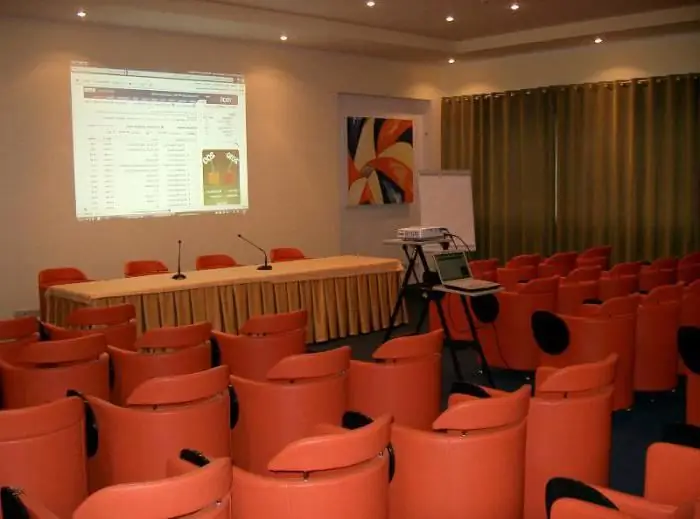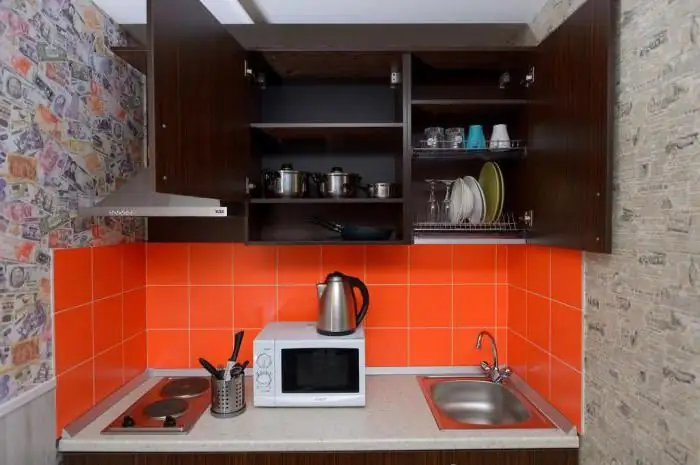- Author Harold Hamphrey [email protected].
- Public 2023-12-17 10:06.
- Last modified 2025-01-24 11:10.
Located in the city center, Liteiny Prospekt is the most important thoroughfare of St. Petersburg. This street got its name in 1738, and a year later it was officially listed on the map.
History of Creation

The current name of this avenue was given at the initiative of the St. Petersburg Construction Commission in the 18th century. At that time, it started from Voskresenskaya Street, including Vladimirskaya Street. The name of the avenue was given by the Foundry Yard, which was located in one of the nearby lanes. It was of great strategic importance for the whole country, since it was here that weapons were produced for the needs of artillery. Subsequently, next to the Cannon Yard, two small settlements arose in which workers lived, and the Big Promising Road connecting them. It led to the Nevsky Monastery. In 1849, the avenue was extended to the Neva due to the fact that the Cannon Yard was moved to the Vyborg side. Some time later, a wooden bridge of the same name was built in the alignment of Liteiny. In the autumn of 1918, the avenue lost its historical name and was renamed Volodarsky Avenue - in honor of a member of the Presidium of the All-Russian Central Executive Committee. After the tragic death of Moses Markovichin St. Petersburg and its periphery, many streets and lanes appeared, named after this famous political figure. For this reason, the former name was returned to the avenue. Subsequently, the wooden bridge across the Neva on this street was changed to a metal one, and Liteiny acquired a new, handsome look. Now, in its order and cleanliness, it was second only to Nevsky. Numerous bookshops and shops are located here. Liteiny Prospekt has become a “street of the intelligentsia.”

Buildings
Liteiny Prospekt has preserved many historical buildings, which are still interesting to look at today. In 1804, the Musin-Pushkin house was built here, in 1843 - the luxurious mansion of Princess Dolgoruky. In the fifties, Liteiny Prospekt was decorated with the barracks of the Horse Artillery, and in 1854, the famous Russian beauty, Princess Yusupova, settled on the avenue. In the 30s of the 19th century, the NKVD administration was built at Liteiny 4. Near the house number 15 there used to be a Chinese Garden of Friendship - a gift from the sister city of Shanghai. In 2003 it was restored. Once N. Nekrasov and I. Brodsky lived here. Today, memorial plaques have been erected near their homes. And next to Nekrasov's dwelling there is a bust monument to this great poet. In 1895, the house of the Officers' Assembly was erected on the avenue, and in 1911 - the "New Passage". At the address Liteiny, 6 in the old days was the St. Sergius Church, built in memory of St. Sergius of Radonezh at the end of the eighteenth century. However, in 1931, a residential building was erected on the site of the temple.

Theater "On Liteiny"
This popular establishment was officially opened in 1909. The most prominent artists of their time worked here. In the twentieth century, N. Evreinov, Vs. Meyerhold, M. Kuzmin, M. Fokin. The best artists collaborated with him - B. Kustodiev, I. Bilibin, L. Bakst, as well as writers - T. Shchepkina-Kupernik, F. Sologub, A. Averchenko, N. Teffi. Music for productions in the late twenties was written by the famous composer D. Shostakovich. Theater "On Liteiny" in 2000 was awarded the State Prize of the Russian Federation, several times he was awarded the diploma "Golden Mask" and "Golden Soffit".






